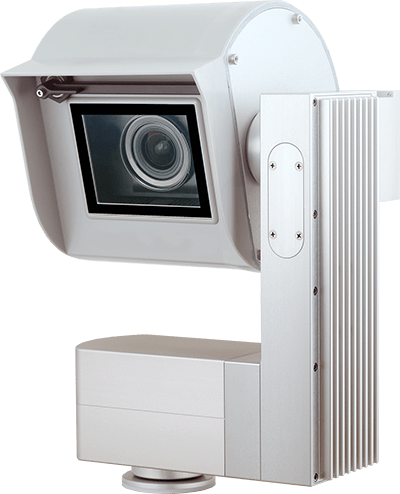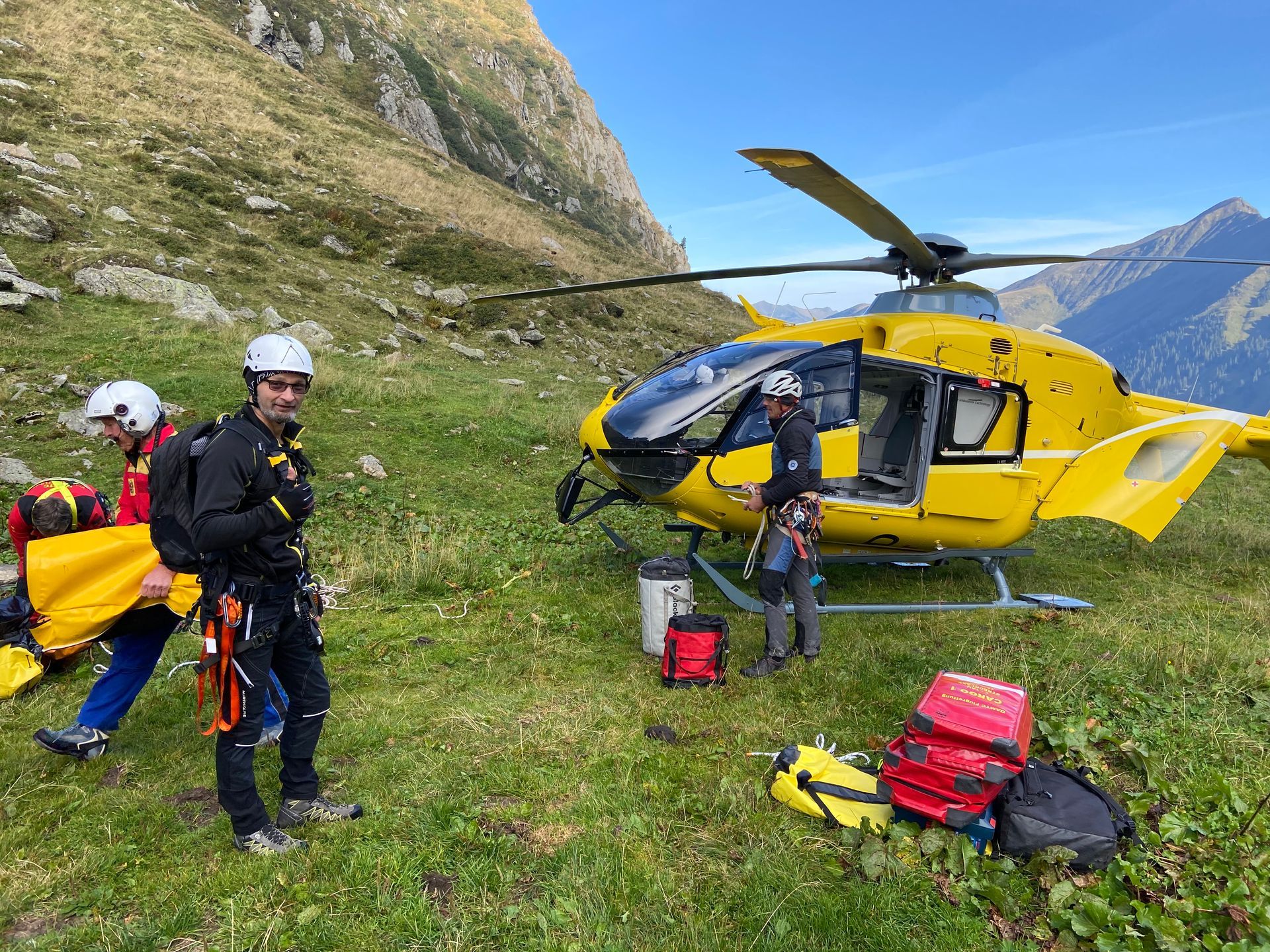Tailored HEMS Solutions
Our Consultation Process for HEMS Solutions

Steg 1: Inledande konsultation och behovsbedömning
- Objective: Understand the specific needs of the HEMS operator and assess the current operational challenges, particularly in relation to weather monitoring and EASA compliance.
- Actions:
- Conduct a detailed discussion with the HEMS team to gather information on operational requirements, typical flight paths, and critical weather-related challenges.
- Review current systems in place and identify any gaps that Panomax can fill.
- Discuss the goals of the project, including compliance with EASA regulations, improving operational safety, and enhancing efficiency.

Step 2: Site Evaluation and Location Selection
- Mål: Identifiera de optimala platserna för kamerainstallation för att säkerställa maximal täckning och effektivitet.
- Actions:
- Utför besök på plats för att utvärdera potentiella installationspunkter, med hänsyn till faktorer som höjd, sikt och närhet till viktiga flygvägar.
- Välj platser som ger de bästa utsiktspunkterna för att övervaka väderförhållanden över kritiska områden, inklusive inflygningsvägar och landningszoner.
- Ensure that the chosen locations allow for stable and secure installation of the cameras, with minimal environmental interference.
Step 3: Camera Selection and Customization
- Objective: Choose the best Panomax camera model for the specific needs of the HEMS operation.
- Actions:
- Bedöm miljöförhållandena och specifika krav på platsen, såsom behovet av mörkerseende eller kapacitet i svagt ljus.
- Select a camera model that meets these needs, ensuring it provides high-resolution, real-time imaging with reliable timestamping and geolocation data.
- Customize the camera configuration, including lens selection and field of view adjustments, to optimize coverage and clarity.

Step 4: Installation Planning and Execution
- Objective: Install the selected cameras at the identified locations with precision and minimal disruption to operations.
- Actions:
- Plan the installation process, including logistics, timeline, and any necessary permits or approvals.
- Manufacture and prepare any custom adaptors or mounting equipment required for the installation.
- Execute the installation, ensuring that cameras are securely mounted, properly aligned, and fully operational.
- Conduct initial tests to verify camera functionality and coverage.









